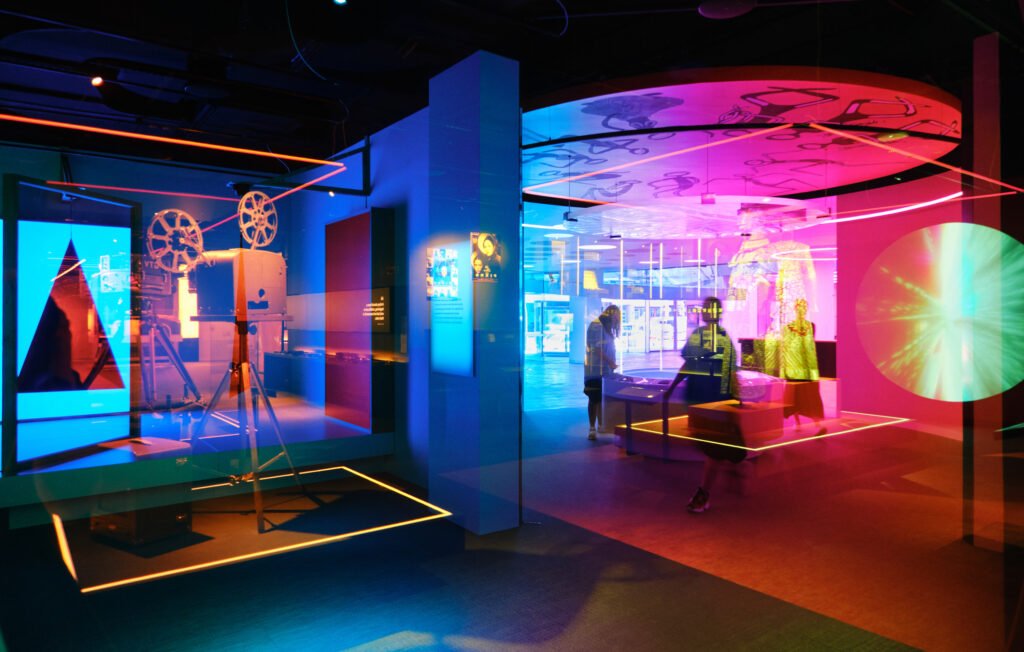Game design is a multidisciplinary art form that combines creativity, technology, and psychology to craft immersive experiences for players. Exploring the intricate process behind game design reveals a captivating world of storytelling, interactive gameplay, and the pursuit of creating unforgettable moments.
- From Concept to Creation: The Birth of Worlds: Game design begins with a spark of inspiration and a concept that lays the foundation for a captivating virtual world. Game designers weave together narrative, characters, and gameplay mechanics to create a cohesive and engaging experience. Through meticulous planning and iteration, they breathe life into the game’s universe, carefully crafting its setting, lore, and atmosphere.
- The Psychology of Engagement: Captivating the Player: Game designers understand the psychology of player engagement and employ various techniques to captivate and immerse players in the gaming experience. Through compelling narratives, well-developed characters, and interactive gameplay mechanics, designers create emotional connections, evoke empathy, and ignite the imagination of players, drawing them into the game world and making them active participants in the story.
- Balancing Challenge and Reward: The Essence of Gameplay: Game design is an intricate dance between challenge and reward. Designers carefully craft gameplay mechanics that provide a sense of accomplishment and progression while maintaining an appropriate level of challenge. From finely tuned enemy encounters to thoughtfully designed puzzles, game designers strike a delicate balance that keeps players engaged, motivated, and invested in the game experience.
- The Power of Interactive Storytelling: Storytelling is a fundamental element of game design, intertwining narrative and gameplay to create an immersive and emotionally resonant experience. Game designers employ branching narratives, player choices, and meaningful consequences to create a sense of agency and impact within the game world. Through interactive storytelling, players become active participants in shaping the story’s outcome, deepening their connection to the game’s universe.
- Designing for Empathy and Diversity: Game designers recognize the importance of empathy and diversity in creating inclusive and meaningful experiences. By incorporating diverse characters, perspectives, and cultures, designers foster empathy and promote representation within the gaming world. This intentional design approach creates a richer and more inclusive experience for players, enabling them to connect with characters and themes on a deeper level.
- Iterative Design: Polishing the Experience: Game design is an iterative process that involves constant refinement and playtesting. Designers gather feedback, analyze player experiences, and make adjustments to improve gameplay mechanics, balance, and overall immersion. Through this iterative approach, game designers strive to create a seamless and polished experience that resonates with players and leaves a lasting impression.

Game design is a blend of artistry, psychology, and technical expertise, aimed at crafting immersive experiences that transport players to extraordinary worlds. From concept to creation, game designers meticulously shape every aspect of the gaming experience, harnessing the power of storytelling, interactive gameplay, and empathy. Through their passion and dedication, game designers continue to push the boundaries of what is possible, creating unforgettable moments that captivate and inspire players around the world.









